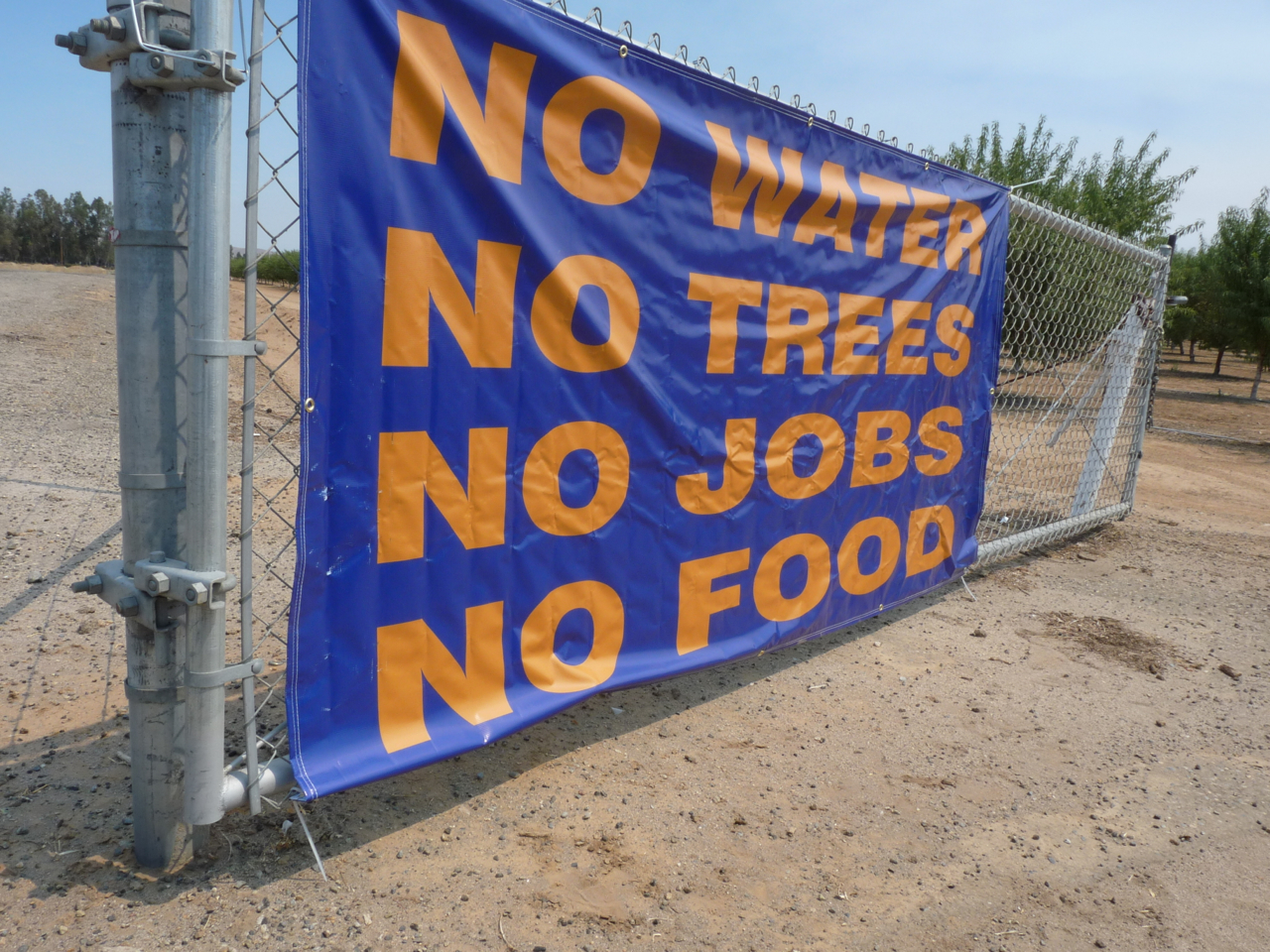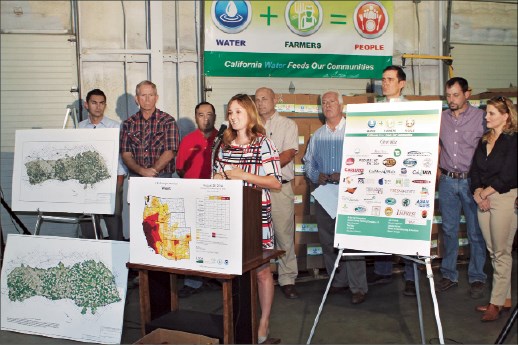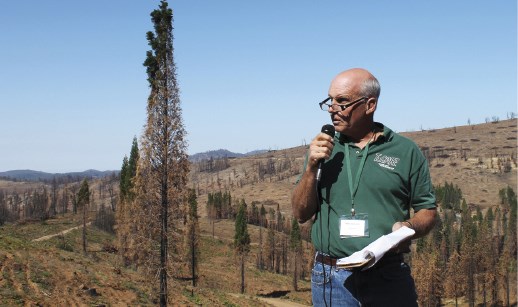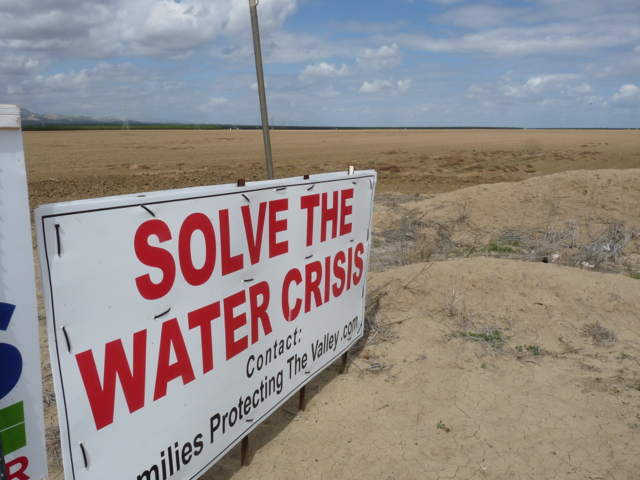Kern County Pest Control Advisor Awarded CAPCA Member of the Year
Jeff Rasmussen Honored at CAPCA
By Colby Tibbet, California Ag Today Reporter
At the 40th Annual Meeting of the California Association of Pest Control Advisors (CAPCA) in Anaheim this week, Jeff Rasmussen, a pest control advisor with Crop Production Services in Kern County was recognized as the CAPCA Member of the Year.
“I’m humbled, it’s an awesome feeling to be presented with an award by your peers, and they appreciate all the efforts that we as a team have accomplished,” said Rasmussen.
Rasmussen is among a small group of PCAs who spearheaded the important Spray Safe program, which was created in Kern County in 2006 by a group of Kern County farmers and PCAs. Spray Safe was designed to reduce spray drift, enhance worker safety, and protect public health through more effective communications among farmers about pending and ongoing pesticide applications.
Rasmussen and the others dedicated time to solve a problem, “and since then we have stuck together and resolved the problem of spray drift. Proactive involvement can make a difference.”
“It’s the ‘Three C’s’: collaborate, connect, and commit, that has been our focus point. It’s a matter of the industry stepping up and taking responsibility, and continuing to own and protect that space,” said Rasmussen.
Ultimately, according to the Spray Safe website, the goal of the program is to instill increased resolve among farmers to take every precaution necessary to ensure public safety – this is particularly so when it comes to protecting farm workers and field crews.
At the heart of Spray Safe is a checklist.
The photo shows Jess Rasmussen, left, and his family at the Disneyland Hotel in Anaheim, following his honor.












